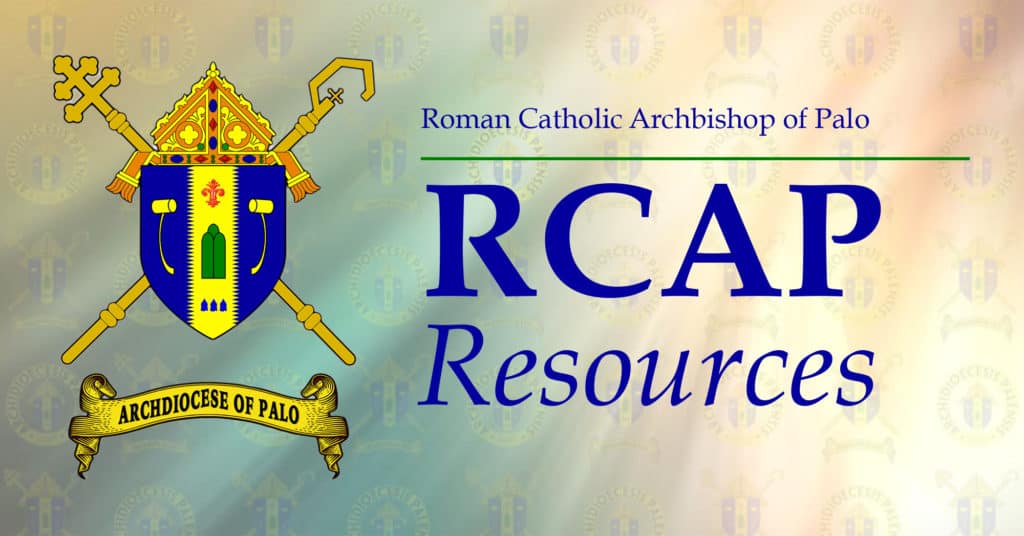
1. It is good to be reminded that the local liturgical guidelines issued last year are still in effect. However, the easing up of the rigid government rules due to the Covid 19 may result in the lax observance of the minimum health protocol; and so, the prudent judgment of the pastor is important in the conduct of particular celebrations. However, this prudent judgment must be grounded on sound theology and liturgy.
2. The terminologies Misa de Aguinaldo, Misa de Gallo and Simbang Gabi are synonymous; they basically refer to the dawn novena masses in preparation for Christmas from December 16 to 24.
These are novena masses (nine days) in preparation for Christmas. Aside from the dawn masses, it has been a practice for some time now to celebrate evening novena masses (or Simbang Gabi or Misa de Aguinaldo, depending on how you may call them); in this case, in order to complete the novena, the first-day evening novena mass should start on December 15 and end on December 23. Take note that the Mass in the evening of December 24 is not part of the preparatory period but a Mass of Christmas itself (hence, technically no longer a novena mass).
3. Since 2019, permission has been granted by the Local Ordinary of Palo that masses in the evening beginning on December 15 may use the mass formulary of the following day (anticipated). However, on Sunday evening, the mass formulary to be used is that of Sunday itself (not anticipated; do not use the Monday mass formulary on Sunday evening). Likewise, permission has been granted to use also white vestments for these evening novena masses. The Gloria may be sung in these evening novena masses but as an option only. For the novena mass on the Sunday of Advent, a festive color (gold) may be used in lieu of violet.
4. As it has been emphasized before, there are four Christmas Masses: Vigil Mass, Midnight Mass, Mass at Dawn, and Mass during the day. All these Masses commemorate the Birth of the Savior. As for the times of celebration, it is good to be reminded of the following regular time frame:
Vigil Mass – 5pm to 9pm
Midnight Mass – 10 pm to 1am
Dawn Mass – 3am to 6am
Mass of the day – 7am to the end of the day
Unless prevented by local regulations due to the pandemic (which is a valid pastoral reason), it is good to observe the division of the times for celebrating these masses.
5. Any of the four Christmas masses fulfill the obligation of the faithful to participate in the Christmas liturgy.
6. The Octave of Christmas (December 25 to January 1) is festive masses. The Gloria is said or sung and Christmas carols or songs should be sung in the masses.
7. All parishes are encouraged to celebrate a Thanksgiving Mass at the end of the year 2021. This may be celebrated in the afternoon or early evening of December 31.
8. A Vigil Mass in honor of the Blessed Virgin Mary Mother of God may be celebrated in the evening of December 31. However, in view of the celebration on January 1 which is also the World Day of Prayer for Peace, a Holy Hour or Prayer Vigil for peace in the coming year (2022) is recommended and may be conducted before or after the Mass. The time for the parish vigil mass should NEVER be the same as the Christmas midnight Mass. It is good to take note that the Roman Missal (not even the liturgical calendar) does not provide any mass formulary for the midnight of December 31.
9. The Christmas season, based on the Roman calendar (GNLYC), ends only with the Feast of the Baptism of Our Lord, but not in the Philippines, since the Feast of the Santo Niño on the third Sunday of January (proper only to the Philippines) has a Christmas theme (and still part of the mystery celebrated at Christmas). And so, it would be unwise to dismantle the Nativity scenes or Belen right after the Feast of the Epiphany.
